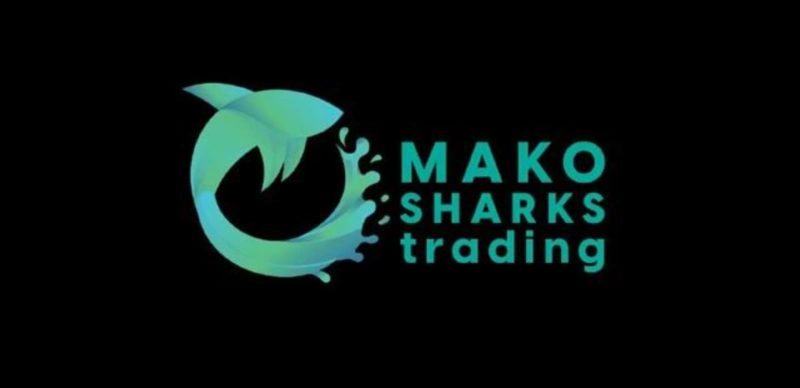Ethereum’s Rise: Leading Tokenized Assets Revolution
Digital finance technologies possess significant transformative potential. Distributed ledger technology (DLT), with blockchain being its most recognized example, facilitates digital bond issuances. Over time, this could reduce the reliance on intermediaries during issuance, enhancing operational efficiency and possibly cutting costs.
Moreover, DLT supports the tokenization of tangible assets, potentially broadening the reach of specific financial instruments.
Yet, to actualize these benefits and achieve broader acceptance, Moody’s believes that DLT-driven technologies must address various challenges. These include the absence of interoperability and standardization among DLT platforms, unreliable digital cash options, regulatory ambiguities, and technological risks.
Recently, numerous institutions have delved into permissionless blockchain through pilot projects and actual transactions. A significant portion has shown interest in Ethereum, attracted by its comprehensive ecosystem and the growth of applications and networks over recent years.
As a transparent public blockchain, Ethereum offers a foundational layer for developers to devise solutions for data and value exchange across diverse networks. Its adaptable design and forthcoming upgrades, especially those enhancing interoperability, position Ethereum as a favoured platform for digital bond issuances.
For instance, institutions like the European Investment Bank have utilized Ethereum for bond issuances.
Notably, Ethereum underpinned a digital green bond issued by Société Générale in 2023, valued at €10 million. Over the long haul, Moody predicts increasing interconnectivity between public blockchain networks like Ethereum and conventional infrastructure, bolstering blockchain applications and fostering industry expansion.
The trend of asset tokenization, where tangible assets like real estate or art are converted into digital tokens using DLT, has surged in recent times. The total value of tokenized tangible assets on public blockchains surged from $1 billion to $2 billion within a year, with Ethereum hosting the majority.
A primary challenge hindering tokenization's growth is the absence of reliable digital cash, pushing some market players to settle transactions externally or resort to stablecoins.
Stablecoins, cryptocurrency variants pegged to assets like fiat currencies, represent a form of digital cash. However, their inability to consistently maintain their peg under volatile conditions is a concern.
Alternative solutions, such as tokenized bank deposits and central bank digital currencies (CBDCs), could address these concerns. Moody’s anticipates advancements in these areas in 2024, though their integration with public blockchains remains uncertain.
Moody’s also expects enhanced legal clarity in 2024, with regulators crafting frameworks for emerging digital assets and services. However, the pace varies globally. Regions like the EU, Singapore, and the UAE might lure more investors due to enhanced protections and novel licensing structures for digital assets.
In contrast, the U.S. is likely to rely on regulatory actions to shape the digital asset landscape, with a comprehensive framework still on the distant horizon.







